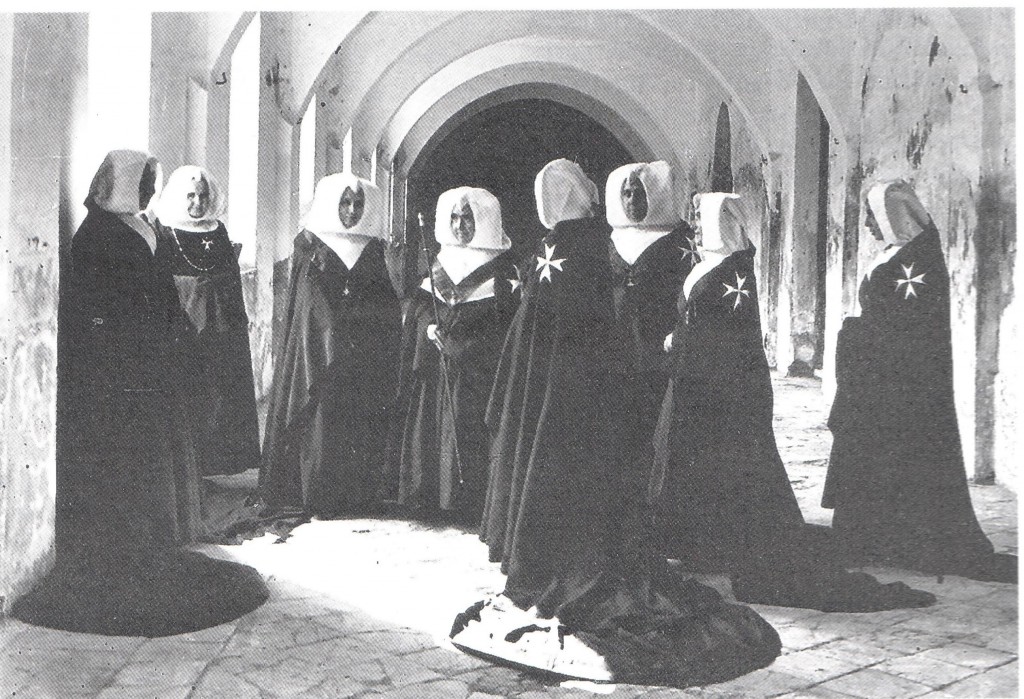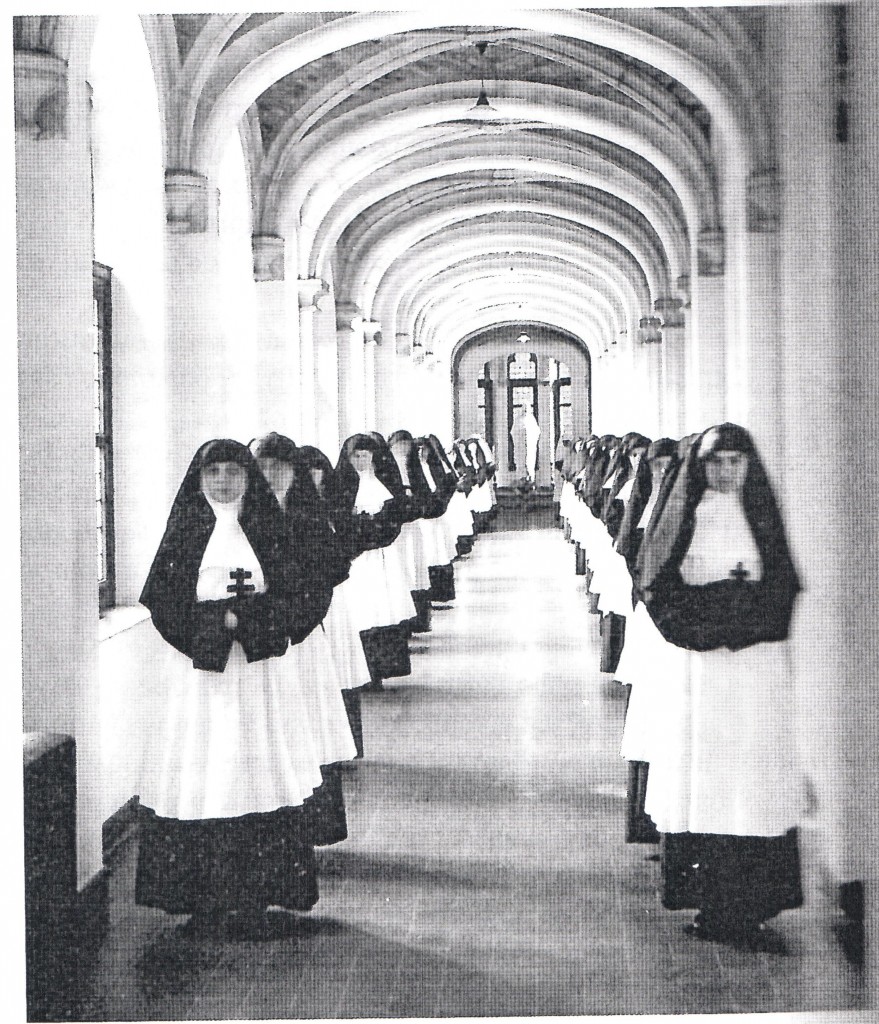Modern Magic in Afghanistan: Omar and the Prophet’s Cloak September 22, 2014
Author: Beach Combing | in : Contemporary , trackbackActs of magic are rare in the modern world. But every so often things happen that individuals and more importantly crowds interpret in this light. 4 April 1996, Mullah Omar, the one-eyed Taliban leader, appeared in central Kandhar in front of a crowd of over a thousand devout muslims. Omar was about to undertake an act that was more medieval than modern and that is all the more fascinating for that. After appearing before the crowd wrapped in green (the colour of Islam), he then took a cloak that he’d borrowed from a shrine across town, and held it aloft before cheering and (this being Afghanistan) gun toting/firing supporters. Now the cloak was not any old dusty piece of fabric. In the seventh century of the Christian era, it had allegedly been worn by a warrior prophet of desert monotheism named Muhammed in his wars of conquest. Modest, simple, provincial Omar was making a statement: he was the successor of the prophet and the crowd roared its approval shouting out that Omar was commander of the faithful (Amir al-Mu’minin), something almost as bold as claiming him to be the messiah of the Jews or for a Christian to announce himself as a lieutenant of Christ in the end times. Where was the magic? The magic came in the very fact that Omar had been allowed to lift the cloak: Allah would never have allowed, surely, a heretic or impious man to take his prophet’s clothes in his hand; a point that Amanullah, the first modern head of Afghanistan, had made in 1929 when he had also taken hold of this most sacred cloak, though in his case there was tolerance not enthusiasm from the waiting Afghans. Omar, in modern legend, is said to have actually placed the cloak on his own shoulders and to have worn the cloak of the Prophet: but we know that this is not true because a very brave western journalist filmed the brief sequence; he held it aloft and no more. The claim that Omar had worn the cloak comes down to the Islamic green fabric he had placed around himself beforehand and, of course, Mujahideen mythmaking did the rest. Beach is not a fan of extreme Islamism generally, never mind the Taliban’s artful and profoundly unendearing ignorance, but this is a moment he would have dearly loved to have seen with his own eyes. The still shown above may not be great photography but it stands in that rare collection of modern medieval photos along with Pius XII in a bombed out Rome: and you can date 11 Sept from this bit of wardrobery as well as from any other.
Other medieval photographs: drbeachcombing AT yahoo DOT com
27 Sept 2014: Invisible writes: ‘Medieval photographs can be had in most cloistered environments. Here are two examples: The ladies with the Maltese crosses are the Abbess and her “court” in the cloisters of the Monastery of Sigena/Sijena, a foundation of Queen Sancha of Castille. In memory of their royal foundress, the choir nuns held silver scepters in choir. The Abbess is holding hers in this photo. Note the trains on the attending nuns’ cloaks. This photograph was taken in 1909. The monastery was nearly destroyed during the Spanish Civil War. The second photo is of canonesses at the Priory of the Holy Sepulchre at Turnhout, Belgium. The photograph was taken in 1962. The habits of German and Netherlandish canonesses were some of the most eccentric in the world–think quantities of lace, fur trims, and well-starched knife pleats in all kinds of surprising arrangements. See http://thefarsight2.blogspot.com/2008/08/why-be-princess.html for some modern reproductions.The Holy Sepulchre habit seems to be based on a 16th century model. It was, alas, “reformed” by Vatican II. Habits virtually unchanged since the Middle Ages may still be worn by some nuns in cloistered Carmelite and Benedictine monasteries. The Poor Clares of the Primitive Observance (Colettines) claim that the pattern of their tunics has not been changed since the founding of the order by Francis in 1212 although they use modern materials.’ Beautiful stuff! Thanks!





